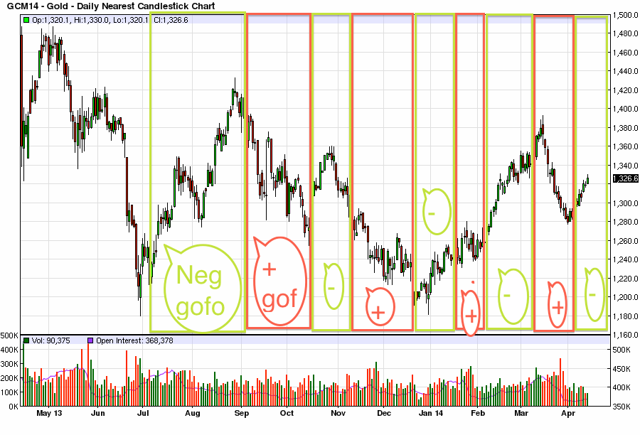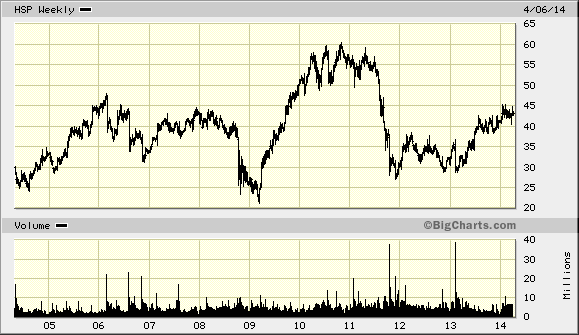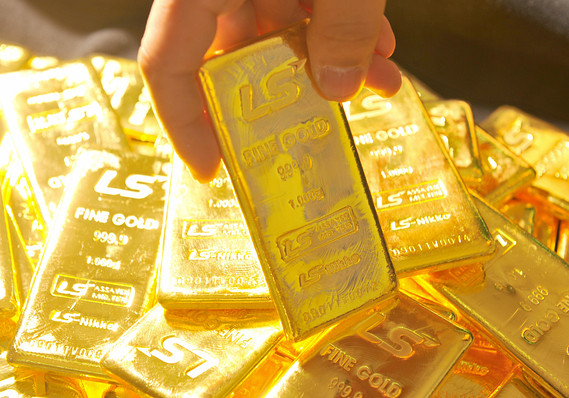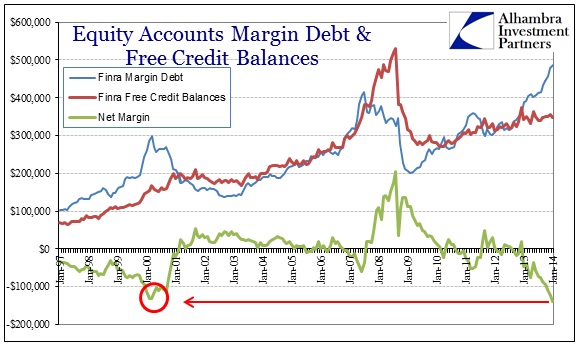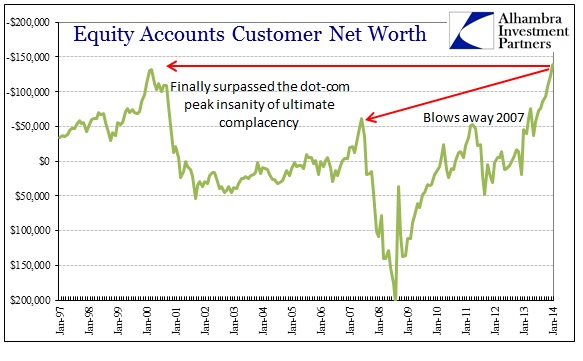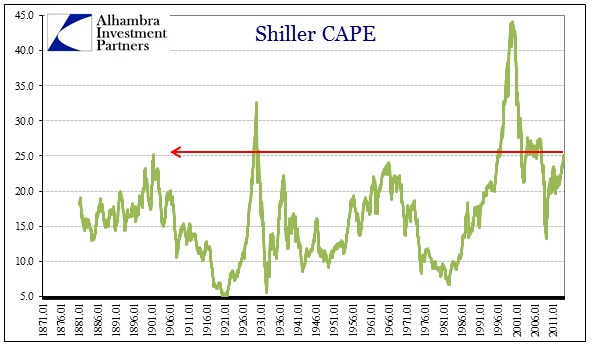Part 3:Valuation of WMT,
Part 2: http://wp.me/p2OaYY-2nB and
Part 1: http://wp.me/p2OaYY-2np
Stock Splits
Wal-Mart Stores, Inc. was incorporated on Oct. 31, 1969. On Oct. 1, 1970, Walmart offered 300,000 shares of its common stock to the public at a price of $16.50 per share. Since that time, we have had 11 two-for-one (2:1) stock splits. On a purchase of 100 shares at $16.50 per share on our first offering, the number of shares has grown as follows:
| 2:1 Stock Splits | Shares | Cost per Share | Market Price on Split Date | Record Date | Distributed |
| On the Offering | 100 | $16.50 | |||
| May 1971 | 200 | $8.25 | $47.00 | 5/19/71 | 6/11/71 |
| March 1972 | 400 | $4.125 | $47.50 | 3/22/72 | 4/5/72 |
| August 1975 | 800 | $2.0625 | $23.00 | 8/19/75 | 8/22/75 |
| Nov. 1980 | 1,600 | $1.03125 | $50.00 | 11/25/80 | 12/16/80 |
| June 1982 | 3,200 | $0.515625 | $49.875 | 6/21/82 | 7/9/82 |
| June 1983 | 6,400 | $0.257813 | $81.625 | 6/20/83 | 7/8/83 |
| Sept. 1985 | 12,800 | $0.128906 | $49.75 | 9/3/85 | 10/4/85 |
| June 1987 | 25,600 | $0.064453 | $66.625 | 6/19/87 | 7/10/87 |
| June 1990 | 51,200 | $0.032227 | $62.50 | 6/15/90 | 7/6/90 |
| Feb. 1993 | 102,400 | $0.016113 | $63.625 | 2/2/93 | 2/25/93 |
| March 1999 | 204,800 | $0.008057 | $89.75 | 3/19/99 | 4/19/99 |
So the price on August 1974 when a 2 for 1 stock split occurred was $23.
What price would I have paid? I would see 38% ROE with little debt ($10.5 mil.) with 40%+ growth. If I paid 4 times the book value of approx. $31 mil. Plus the debt of $10.5 million ( I would not subtract the cash since I assume it is all needed as working capital) or $124 mil. plus $10.5 mil. or $135 million. Divide by $6.542 mil. shares or $20.63 per share or $21 to round up. $23 to $25 was near the highs for 1975 in the fourth quarter but the price was below $20 in the first quarter of 1975. Could I have bought right after the largest decline in stock market history after the Great Depression and with inflation raging? If I knew the value and rarity of an emerging franchise perhaps. But I doubt it.
I would have paid 4 times book value (better is replacement value but this is back of envelope investing) to garner a 9% return but the long term growth of 5% to 6% would give me my required 15% return. Obviously, if I had paid double, that would have been fine.
The key is in recognizing the source of WMT’s competitive advantage and how large the market opportunity to exploit that advantage. The secret is on page 10 of the 1974 WMT annual report 1974-annual-report-for-walmart-stores-inc and on page 11 here: WAL-MART CASE STUDY on Discount Operations 1986 (email aldridge56@aol.com if that link is taken down) and ask for the case study.
Note that you would have had to hold on through thick and thin without selling on numerous “market” scares, crashes and fears. You have the key to becoming rich in investing but now you know why investing is SIMPLE BUT NOT EASY!
—
If you have questions post them on this blog do NOT email them to me. Thanks.




